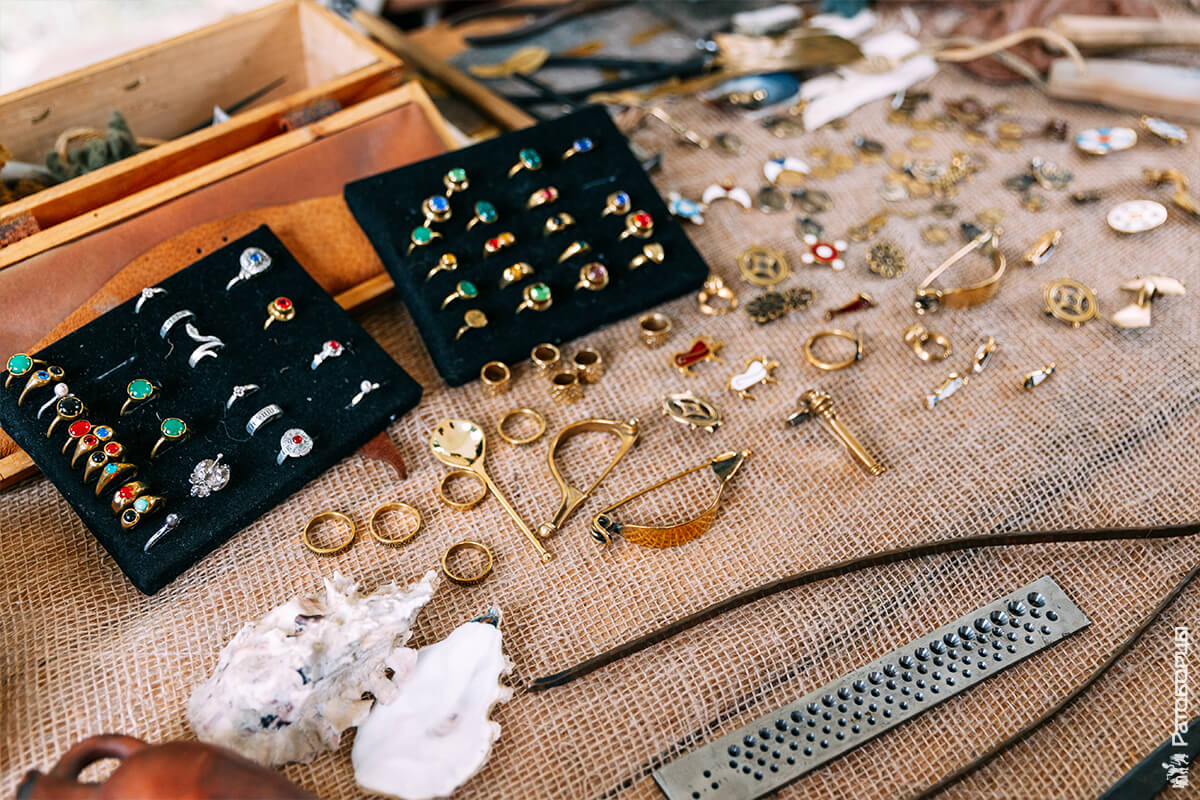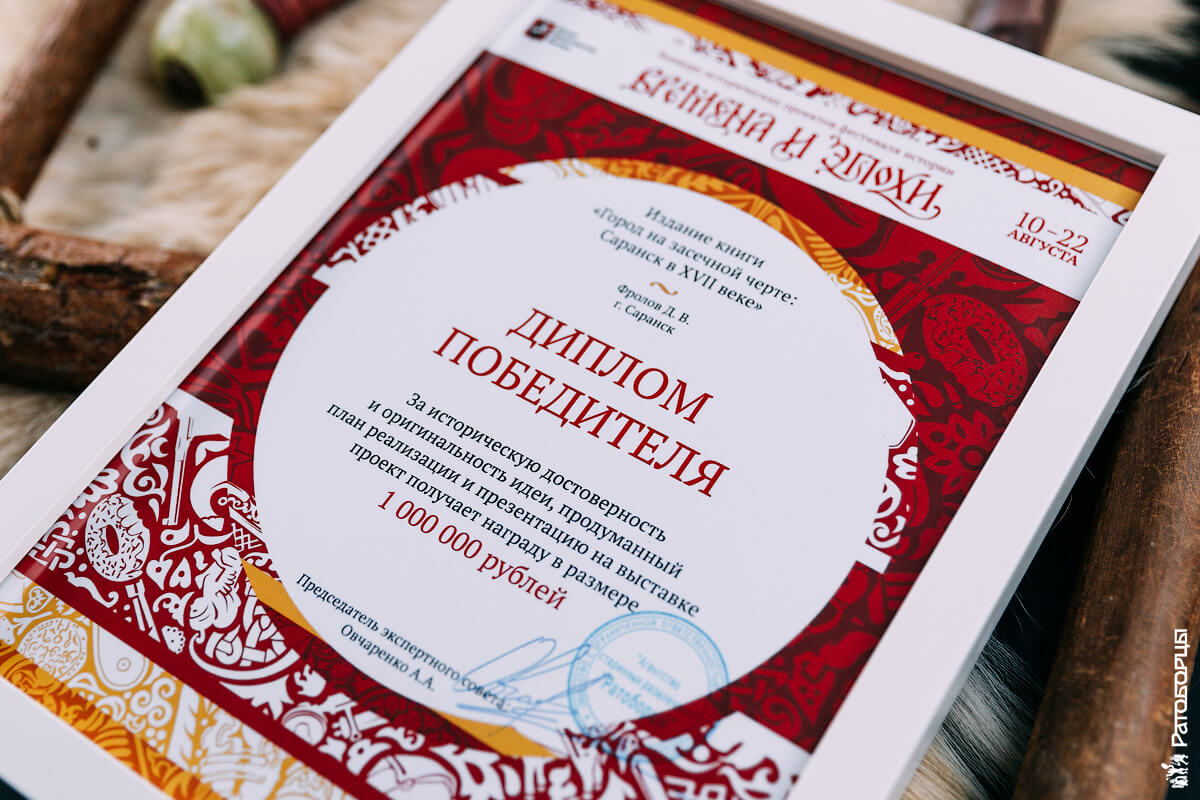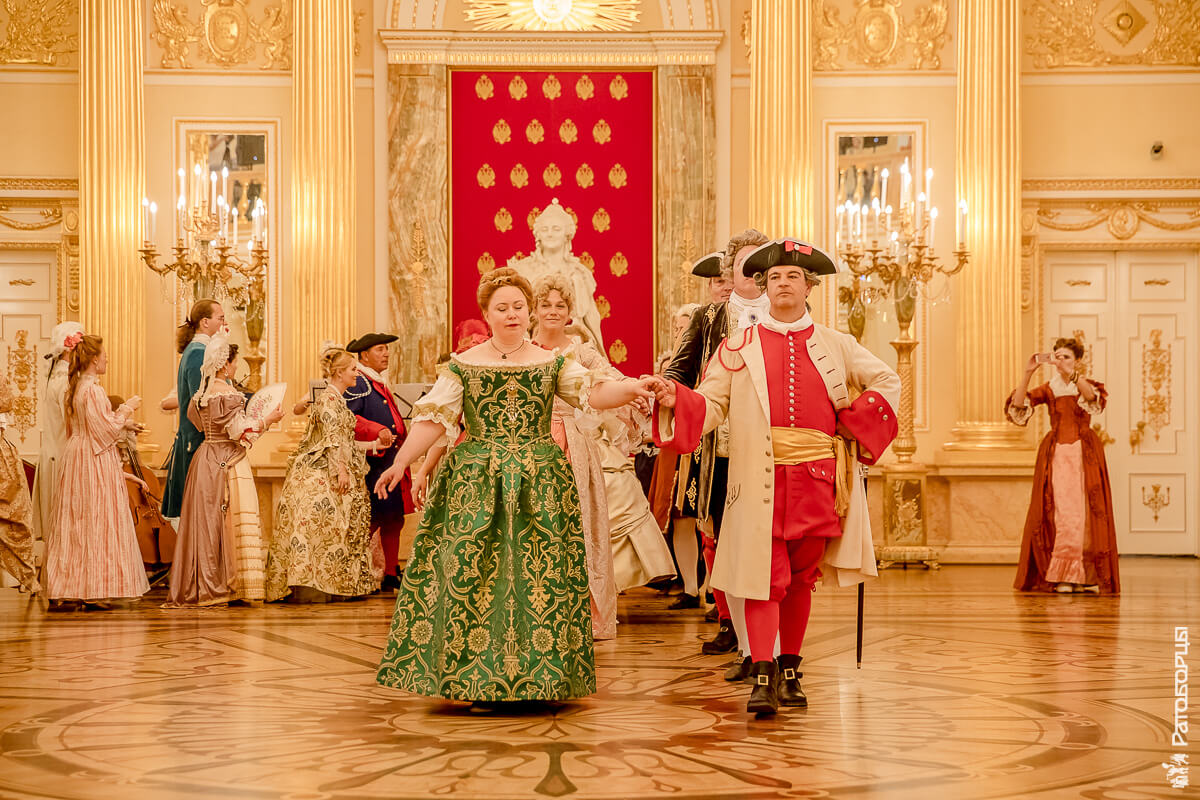The 8th festival is finished, and was not only as successful as the previous one, but, according to the visitors, even better. 3000 reenactors took part in it and 5,2 million visitors used our time machine to see the Past. They shot 2900 arrows, played 750 sets in different games and had 39 500 rides on a marry-go-round.



We had 30 sites along the Boulevard ring and further beyond it. Everybody could make a trip into history 10 km long together with thousands of participants and guests from all over the world.
Times&Epochs is always a festival of experiments, and this year we’ve had a lot of them. For the first time there was a location organized as a museum exposition, a city quest, a mobile application, a mammoth and a rhinoceros, Afanasiy Nikitin’s voyage and the American Civil War — these are the novelties of this year.



The Boulevard Ring
Moscow has changed a lot in the past few years. It has become more comfortable, beautiful and easily understood. We decided to organise our festival to unite history and the modern city ambience right along the Boulevard Ring, the main walking route of the city. Historical sites were an unexpected gift for the Muscovites who are always in a rush, and for the tourists who choose this route.
Everybody appreciated the comfort of the location: two steps away from metro and from all key sights and attractions of the capital. That was an amusing historical trip from the epoch to epoch, with different heroes, themes and programmes.



Excursions
There were 340 free walking tours around the city for the guests of the festival: 10 different routes, 1.5 hour each. Our aim was to show the Boulevard Ring differently and to present the historical sites of the Times and Epochs.

City quest ‘Path of stories’
This was our joint project with the ‘Running city’ movement. There were two stages: an online-game and a final competition of the teams. The finale was a city quest — interesting riddles combined with orienteering. People of all ages took part in it, and the quest really became a family event for many participants: 1150 teams registered on the website, 300 made it to the final game and 3 teams won!



Historical Projects Contest
This year we held the Times and Epochs historical projects contest for the second time. Everyone could take part and present a historical project aimed at development and popularisation of history and ways of sharing knowledge.
There were 108 projects in all: films and photo laboratories, craft reconstruction, parks and festivals. And even historical fishing! The participants presented projects on epochs from the Antiquity to the XXth century. We had 21 projects at the exhibition during the whole festival. On the final day 9 winners received their prizes: 1 million rubles each to make their projects come true.



Mobile Application
This year we also made an application, specially for the festival. It explains about the sites, helps to reach them and works out personal routes. Push-notifications announce important and interesting events people would be sorry to miss. It was downloaded 6856 times and used 1700 times a day.

18th century Ball
The War of the Spanish Succession came to the end; it was an important event of the 18th century. A grand ball was organized to commemorate the peace treaty. The French aristocracy, English diplomats and Russian Embassy of Peter the Great took part in a ball held in the 21th century in Moscow, Tsaritsyno park.
The participants have been preparing for the event for the whole year: made dresses specially for it, learned dances. 65 reenactors from 4 countries came to celebrate the end of the war.



Dawn of the mankind
The Paleolithic-Mesolithic-Neolithic periods were presented at the festival for the first time. Guests of the festival saw the stand of ancient people and the primitive technologies they used in their everyday life: they learnt different ways of obtaining fire without matches and lighters and met chieftains, shamans, warriors, hunters and fishermen. The exposition ‘Mammoth’ became the most popular art-object of the festival.



Scythia of Herodotus
Despite the huge interest to the Antiquity epoch, the history of peoples who inhabited the steppes is rarely told at historical festivals. The reenactors tried to show the most stunning example from both Greek and Roman culture and from the history of the Great Scythia, the land «from Meotida to the unknown lands», like the ancient Greek historian Herodotus («father of history») described it.



Revolutionary eclecticism
This year we had a location settled in a museum for the first time. The reenactors presented the transition period in the evolution of uniforms and military equipment from the Russian Imperial Army to the Red and White Armies. And a vast collection of ‘budenovka’. Many visitors described the exhibition as a professional one, and a great combination of a museum and live history format, when the reenactors could tell the story of each thing and answer questions.



Moscow and Muscovites
Gogolevsky Boulevard hosted two locations: a military and a civil one, where the guests of the festival saw the everyday life of the Muscovites 400 years ago. The city quarter was full of artisan workshops, there were musicians, tailors and weavers, furriers and jewellers, and the workshops were filled with utensils, tools, goods and workpieces-replicas of archeological artifacts.
On the other side of the boulevard there was an open military camp, where the visitors could see tents and field works, learn to use replicas of weapons, to work in a smithy and make a photo in a photozone with costumes.



Middle Ages. How to build a castle?
The Middle Ages and castles are almost synonymous, and the 13th century is the heyday of castle construction in Europe. The visitors of the location could help a mason to lump the blocks, a blacksmith to forge nails and sharpen the construction tools, a potter to make roof tiles — all this to build a real castle, using a medieval construction crane!



Seven in the Past
A brave historical experiment was presented at one of the locations: in the end of the 2019 seven men and women will go to a remote Russian farm, to live in the realities of the 10th century for 9 months. They are allowed to use only authentic tools, household items, food and clothing. They will have food only for a half of the period, thus they will have to grow and to make everything else by themselves. The visitors could see izba — houses where the participants will live — and also take part in making roads from logs.


